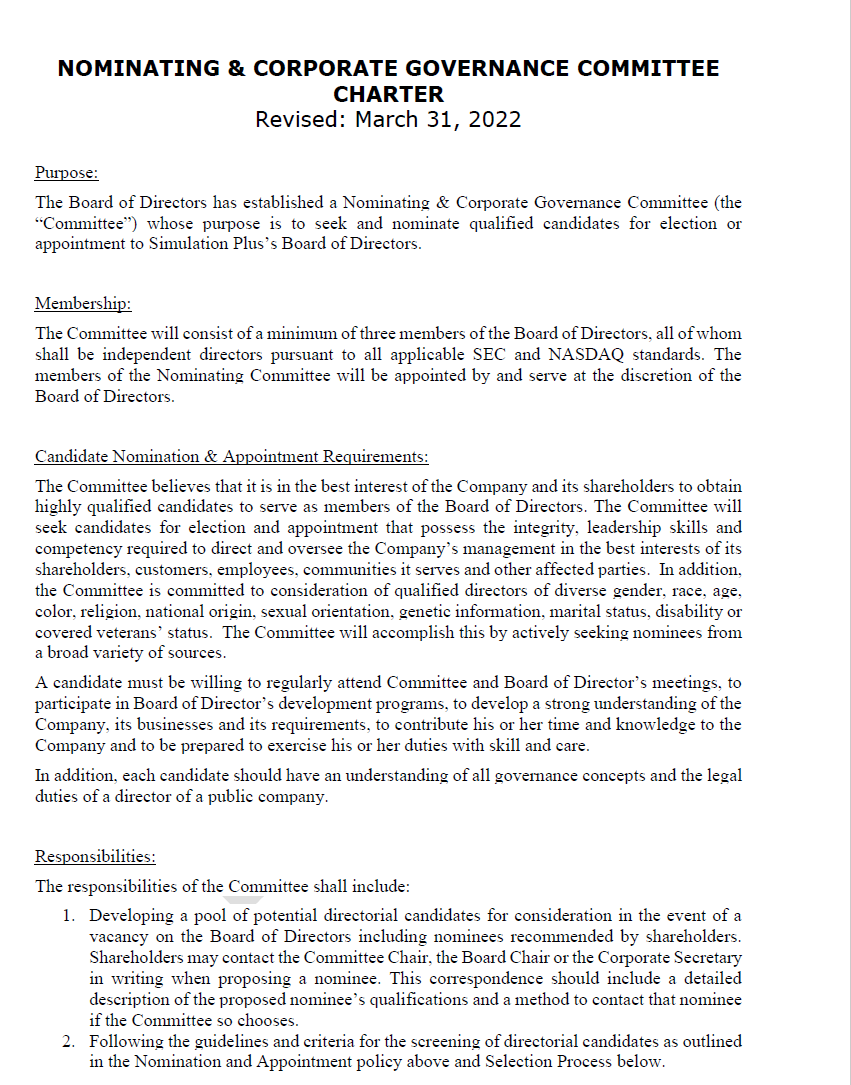Risk assessments are increasingly reliant on information from in vitro assays.

Simulations Plus Enters New Collaboration to Advance DDDPlus™ Software
Funded partnership with large pharmaceutical company will enhance mechanistic dissolution models for injectable formulations

Prediction of CYP-mediated DDIs involving inhibition: Approaches to address the requirements for system qualification of the Simcyp Simulator
Physiologically-based pharmacokinetic (PBPK) modeling is being increasingly used in drug development to avoid unnecessary clinical...

Introducing ILDsym, a New Tool to Facilitate Development of Drugs to Treat Interstitial Lung Disease
Systemic sclerosis (SSc), also known as scleroderma, is a rare connective tissue and autoimmune disease associated with inflammation and fibrosis of the skin and/or internal organs.

Development of Extended-Release Mini-Tablets Containing Metoprolol Supported by Design of Experiments and Physiologically Based Biopharmaceutics Modeling
The development of extended-release dosage forms with adequate drug release is a challenge for pharmaceutical companies, mainly when the drug presents high solubility, as in Biopharmaceutics Classification System (BCS) class I.

Identification of environmental chemicals that activate p53 signaling after in vitro metabolic activation
Currently, approximately 80,000 chemicals are used in commerce.

An Enabling Formulation of a Weakly Basic Compound Guided by Physiologically Based Biopharmaceutics Modeling (PBBM)
Weakly basic compounds propose biopharmaceutics risks due to the possibility of precipitation out of solution when passing from the stomach to the intestine.

Considerations for Physiologically Based Modeling in Liver Disease: From Nonalcoholic Fatty Liver (NAFL) to Nonalcoholic Steatohepatitis (NASH)
Nonalcoholic fatty liver disease (NAFLD), representing a clinical spectrum ranging from nonalcoholic fatty liver (NAFL) to nonalcoholic steatohepatitis (NASH) is rapidly...

Chemical Reactivity and Optical and Pharmacokinetics Studies of 14 Multikinase Inhibitors and Their Docking Interactions Toward ACK1 for Precision Oncology
Activated Cdc42-associated kinase 1 (ACK1/TNK2) has a significant role in cell endocytosis, survival, proliferation, and migration.

April 2022 GastroPlus Newsletter
We continue to offer an outstanding schedule of workshops, webinars, and even opportunities to meet with us face to face in the coming weeks.

Structure-based 3D-Pharmacophore modeling to discover novel interleukin 6 inhibitors: An in silico screening, molecular dynamics simulations and binding free energy calculations
Interleukin 6 (IL-6) is a cytokine with various biological functions in immune regulation, hematopoiesis, and inflammation.

Simulations Plus Reports Second Quarter Fiscal 2022 Financial Results
Total revenue growth of 13%; Software revenue growth of 25%; Diluted Earnings Per Share (EPS) growth of 40%
Board of Directors announces quarterly dividend of $0.06 per share

A model-based approach to bridging plasma and dried blood spot concentration data for phase 3 verubecestat trials
In-clinic venous dried blood spot (DBS) pharmacokinetic (PK) sampling was incorporated into two phase 3 studies of verubecestat for

Physiologically Based Biopharmaceutics Model of Vildagliptin Modified Release (MR) Tablets to Predict In Vivo Performance and Establish Clinically Relevant Dissolution Specifications
The objective of the study was to predict pharmacokinetic (PK) and pharmacodynamic (PD) parameters of matrix-based modified release (MR) drug product of vildagliptin.

NOMINATING COMMITTEE CHARTER 2022
Revision: March 31, 2022
Purpose:
The Board of Directors has established a Nominating & Corporate Governance Committee (the “Committee”) whose purpose is to seek and nominate qualified candidates for election or appointment to Simulation Plus’s Board of Directors.

Sputum lipoarabinomannan (LAM) as a biomarker to determine sputum mycobacterial load: exploratory and model-based analyses of integrated data from four cohorts
Despite the high global disease burden of tuberculosis (TB), the disease caused by Mycobacterium tuberculosis (Mtb) infection, novel treatments remain an urgent medical need. Development efforts continue to

Design of Dual COX-2 and 5-LOX Inhibitors with Iron-Chelating Properties Using Structure-Based and Ligand-Based Methods
Background: Inflammation is a critical component of many disease progressions, such as malignancy, cardiovascular and rheumatic diseases.
